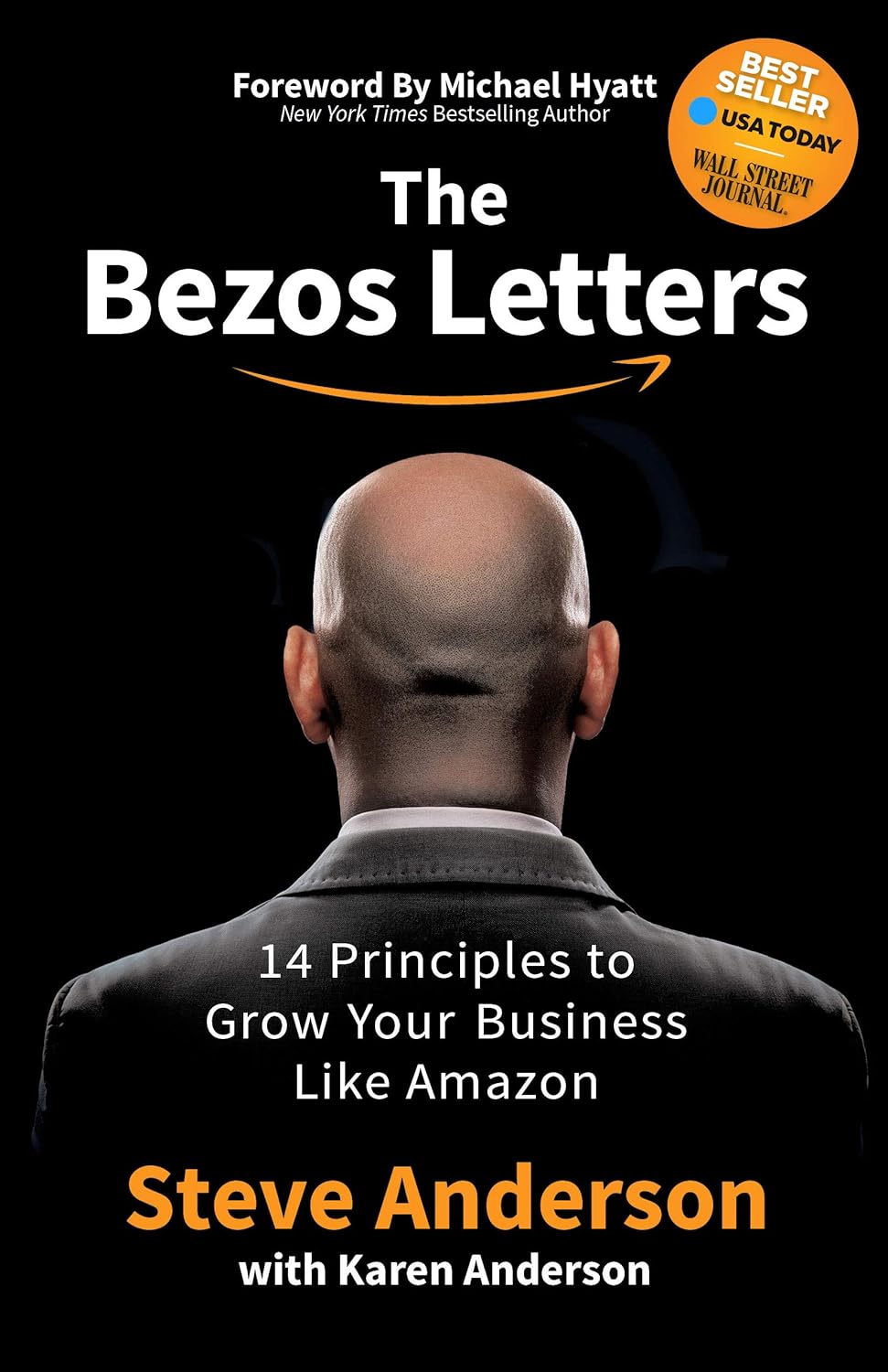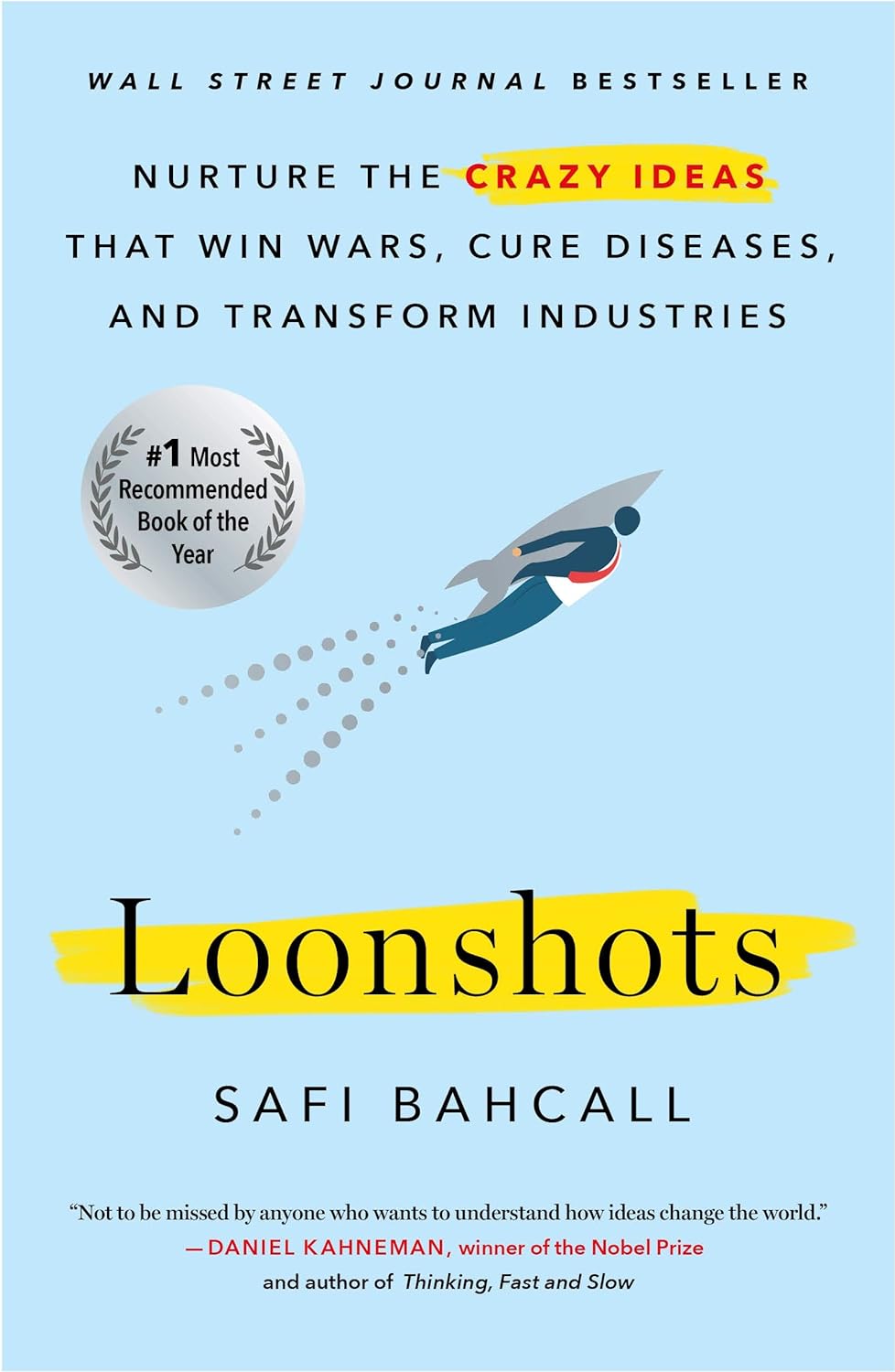
The Gorilla Game
An Investor's Guide to Picking Winners in High Technology
By Geoffrey Moore and Paul Johnson
Published 01/1998
 Understanding Market Dynamics
Understanding Market Dynamics
 Identifying Gorillas
Identifying Gorillas
 Technology Adoption Life Cycle
Technology Adoption Life Cycle
 Investment Strategies
Investment Strategies
 Evaluating Competitive Advantage
Evaluating Competitive Advantage
 Risk Management
Risk Management
About the Author
Geoffrey Moore, Paul Johnson, and Tom Kippola are the brilliant minds behind The Gorilla Game. Geoffrey Moore is renowned for his work in high-tech marketing, particularly through his seminal book Crossing the Chasm. Paul Johnson and Tom Kippola are equally esteemed, bringing a wealth of experience in venture capital and investment strategies. Together, they have crafted a powerful narrative on identifying and capitalizing on "gorilla" opportunities in high-technology markets.
Main Idea
The main thrust of The Gorilla Game is an investment strategy designed to identify and invest in dominant high-tech companies, referred to as "gorillas". These are market leaders with proprietary technologies that allow them to dominate their sectors, much like a gorilla dominates its territory. The book delves into how to identify these potential super performers early, leveraging a set of principles and rules to maximize investment returns.
Table of Contents
- About the Author
- Main Idea
- A Gorilla Investing Toolkit - Concepts & Definitions
- The Essential Principles and 10 Rules of Successful Gorilla Investing
- Applying Gorilla Game Principles to Investing in the Internet
A Gorilla Investing Toolkit - Concepts & Definitions
To effectively identify and invest in gorilla stocks, one must first assemble a toolkit of relevant concepts and definitions. This includes understanding the layers of technology, the nature of discontinuous innovation, the technology adoption life cycle, and the characteristics that define a gorilla company.
Layers of Technology
High technology products are composed of interconnected layers, each adding value and typically supplied by specialized companies. These layers include semiconductors, hardware, system software, application software, and end-user applications. A company that dominates one layer can influence other layers, thereby enhancing its market power. Enabling technology companies tend to evolve towards a winner-takes-all position, whereas application layer companies never quite achieve the same level of market share.
Discontinuous Innovation
Discontinuous innovations are breakthrough products that are not compatible with existing standards but offer compelling benefits, leading to the development of new standards and operating models. Unlike continuous innovations, which build on existing standards, discontinuous innovations introduce entirely new paradigms.
Technology Adoption Life Cycle
Whenever a discontinuous innovation is introduced, five consumer profiles emerge: Innovators, Early Adopters, Early Majority, Late Majority, and Laggards. These groups transition through phases from initial enthusiasm to widespread adoption, shaping the market dynamics of new technologies.
Sign up for FREE and get access to 1,400+ books summaries.
You May Also Like
Loonshots
How to Nurture the Crazy Ideas That Win Wars, Cure Diseases, and Transform Industries
By Safi Bahcall
